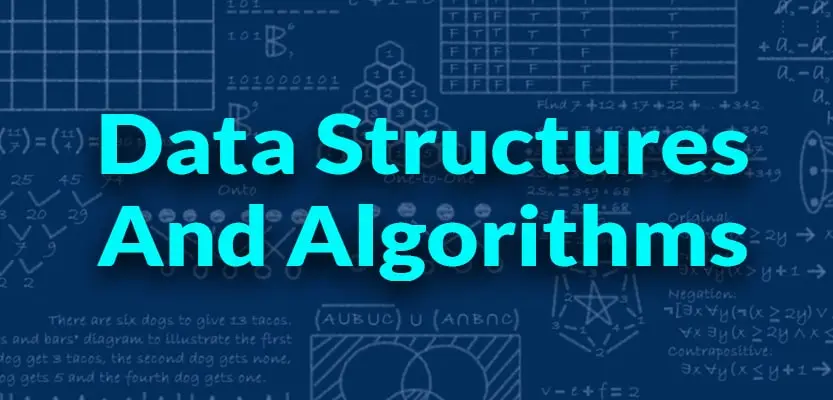What We Mean By Data Structures and Algorithms (DSA)

Data Structures and Algorithms (DSA) are the foundational building blocks of computer science and software development. They define how data is organized, stored, retrieved, and manipulated, and how efficiently those operations can be performed. Together, they enable developers to solve complex problems in a structured, logical, and optimized manner.
What are Data Structures?
Data structures are systematic ways of organizing and storing data so that it can be accessed and modified efficiently. Different types of data structures are suited to different kinds of applications, and some are highly specialized to specific tasks.
Types of Data Structures:
-
Linear Data Structures:
-
Arrays: Fixed-size, indexed collections of elements of the same type. Efficient for indexed access but not ideal for insertions or deletions.
-
Linked Lists: A chain of nodes where each node contains data and a pointer to the next. Variants include singly, doubly, and circular linked lists.
-
Stacks: Follow the Last-In-First-Out (LIFO) principle. Useful in undo features, recursion, and parsing expressions.
-
Queues: Follow the First-In-First-Out (FIFO) principle. Ideal for scheduling tasks and managing resources.
-
-
Non-linear Data Structures:
-
Trees: Hierarchical data structures where each node may have multiple children. Common types include binary trees, binary search trees, AVL trees, and heaps.
-
Graphs: Collections of nodes (vertices) connected by edges. They represent networks like social connections, maps, and the internet.
-
-
Hash-based Structures:
-
Hash Tables/Maps: Store key-value pairs and offer near-constant time complexity for lookups. They are the backbone of many high-performance applications.
-
What are Algorithms?
Algorithms are step-by-step procedures or formulas for solving a problem. They take an input, perform a set of operations, and return an output. The efficiency of an algorithm is measured in terms of time complexity (how fast it runs) and space complexity (how much memory it uses).
Types of Algorithms:
-
Searching Algorithms:
-
Linear Search: Checks each element until it finds the target.
-
Binary Search: Efficiently searches a sorted array by dividing the search interval in half each time.
-
-
Sorting Algorithms:
-
Bubble Sort, Selection Sort, Insertion Sort: Simple and intuitive but not efficient for large datasets.
-
Merge Sort, Quick Sort, Heap Sort: Divide-and-conquer approaches that offer better performance.
-
-
Recursive Algorithms:
-
Solve problems by breaking them down into smaller instances of the same problem (e.g., calculating factorial, traversing trees).
-
-
Dynamic Programming:
-
Solves complex problems by breaking them into simpler sub-problems and storing their results to avoid redundant computations (e.g., Fibonacci numbers, knapsack problem).
-
-
Greedy Algorithms:
-
Make locally optimal choices with the hope of finding a global optimum (e.g., activity selection, Huffman coding).
-
-
Backtracking and Divide & Conquer:
-
Try out all possible solutions (backtracking) or divide the problem into independent subproblems (divide and conquer), e.g., in puzzles, games, and computational geometry.
-
Why Are DSA Important?
-
Efficiency: Helps build software that runs faster and consumes fewer resources.
-
Problem Solving: Provides tools and techniques to tackle complex problems.
-
Foundational Knowledge: Essential for coding interviews, system design, and advanced topics in AI, machine learning, and data engineering.
-
Scalability: Enables applications to handle large volumes of data and users.
Real-world Applications:
-
Navigation systems use graph algorithms to find the shortest path.
-
Search engines use trie and hash tables for fast lookups.
-
Social media platforms rely on graphs to model and analyze user relationships.
-
Banking systems use queues and priority queues for transaction processing.
Conclusion
Mastering Data Structures and Algorithms is like learning the grammar of the programming language of logic. It empowers developers to write code that is not just correct but also optimal and scalable. Whether you're building a mobile app, designing a database engine, or preparing for a technical interview, a solid grasp of DSA is indispensable.






